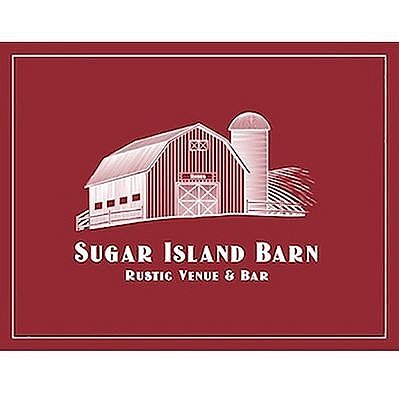Wedding Flower Planning Strategy
Here’s a practical, step-by-step wedding flower planning strategy designed for couples who want a personalized, well-coordinated floral experience for their wedding:
Step 1: Define Your Floral Vision
Create a mood board — include inspiration photos, Pinterest pins, and fabric or décor color swatches.
Identify your style — Do you prefer organic, garden-inspired arrangements or structured, formal designs?
Think venue-first — Consider the venue’s architecture, color palette, and natural surroundings to ensure harmony between your flowers and location.
Step 2: Schedule an Early Consultation
Book your florist consultation 6–9 months before the wedding.
Early booking allows time to source seasonal or specialty blooms like ranunculus, dahlias, or protea.
Ask about extended or weekend appointments if you have a busy schedule (many florists now offer these).
Bring your vision materials (mood boards, fabrics, colors) to communicate your ideas clearly.
Step 3: Learn About Seasonal Availability
Discuss flower options by season.
Ask your florist what blooms are naturally available around your date — and what might require importing or substitutions.
Stay flexible.
If your favorite flowers aren’t in season, explore similar alternatives or mixed seasonal arrangements for a fuller, more organic look.
Use the season as inspiration — spring pastels, summer vibrance, fall warmth, or winter elegance.
Step 4: Build a Custom Floral Plan
Collaborate with your florist to design:
Ceremony flowers (arches, aisles, altar)
Reception décor (centerpieces, table runners, cake florals)
Personal flowers (bouquets, boutonnieres, corsages)
Request sample arrangements to see your design in person before finalizing.
Ask about locally sourced options for freshness and sustainability.
Step 5: Budget and Logistics
Set a clear floral budget early. Include setup, delivery, and teardown fees.
Prioritize must-have elements (e.g., bridal bouquet, ceremony arch) and stay flexible on extras.
Confirm delivery timing and setup access with your florist and venue to avoid day-of issues.
Step 6: Confirm and Finalize
Review your floral proposal and confirm final designs 4–6 weeks before the wedding.
Double-check:
Delivery times
On-site setup details
Contact person on wedding day
Schedule a final walkthrough or design review if available.
Step 7: After the Wedding
Arrange for flower preservation (bouquet drying, pressing, or resin keepsakes).
Send your florist photos and a thank-you note — it helps maintain a relationship if you need floral services for future occasions.
💡 Bonus Tips
Think sustainably: request reusable vessels or compostable materials.
Coordinate colors early: align your flowers with bridesmaid dresses and décor palettes.
Don’t underestimate greenery: textured foliage and dried elements can add depth and save costs.
At Sugar Island Barn, we know that the best celebrations start with thoughtful planning. Our team is here to guide you every step of the way — from exploring package options to designing a wedding that reflects your unique style and budget. Schedule a tour today and see how we can bring your dream celebration to life right here in the heart of Wisconsin.
✨ Plan with confidence.
Keep your floral vision on track with our beautifully designed Wedding Flower Planning Checklist — a one-page guide you can download, print, and bring to your consultations.
